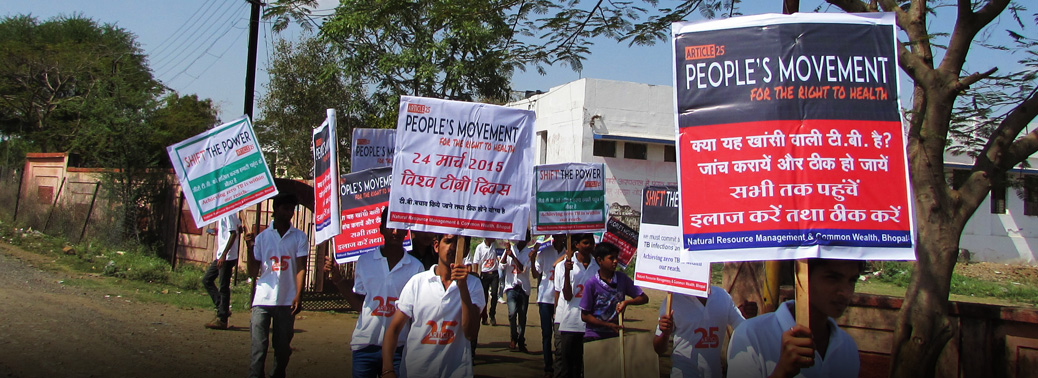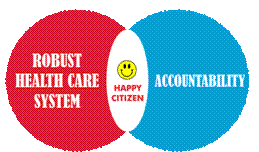Anchored in Human Rights
11, Dec 2018

Prelims level :
Mains level : GS-II Issues related to development and management of social / service sector related to health, education, human resources.”
What’s in the Editorial?
- Decades of global neglet have resulted in TB becoming the leading cause of adult death in Global south – it kills nearly two million people a year.
- UN declaration of September 2018 titled “United to end Tuberculosis: An urgent global response to a global epidemic”. Where the heads of state and Government have “reaffirmed their commitment to end the global TB epidemic by 2030”.
Intrusive technologies:
- The Surveillance Technologies has caught the attention of policy makers, for example a plan in India is to implant microchips in people in order to track them and ensure they complete TB treatment.
Drawbacks in Monitoring with New Technologies:
- The DOTS strategy, (Directly observed Treatment) where a victim should report to a health authority has an inherent flaw.
- Because the prevailing treatment made up of toxic drug and painful injections that only works about half the time and often cause disability and Psychosis.
- We mount arsenal of cutting-edge technology to corral people into taking torturous, ineffective drugs even while we fail to use available drugs that work far better.
- Global tuberculosis Report 2018 says, “India accounted for 27% of the 10 million people who developed tuberculosis in 2017, the highest among the top 30 high TB burden countries in the world, according to WHO.
Way forward:
- An obsession with new gadgets In disease management – in the context of a disease that could be eliminated in a relatively in expensible way through human rights based interventions.
The Approach focus on:
- Creating health system that foster trust partnership and dignity this approach regards people with TB not as subjects to be controlled but as people to be partnered with. It assumes that people with TB have dignity, intelligence and empathy that motivate them to act in the best interests of themselves and their communities when empowered to do so.

- New guidelines by the WHO recommend use of bendaquilline and delamanid against drug resistant TB. Money should be spent on these drugs to make affordable rather spending on technology.
- Employ and deploy community health -care worker’s many TB policies envision community health – care worker’s but it reality front-line workers remain shockingly under used.

- The TB response can only be good it it has the good health – care system.
- Community – based structures such as “Clinic committees” ensures accountability while fostering partnership and trust between communities and their health – care system.
Conclusion
- People with TB do not need to be watched, they need to be heard, they want what anyone wants, health and dignity.The Shiny allure of surveillance technology threats to distract us from real work of TB response.






